What’s Wrong with the WNBA?
The WNBA (Women’s National Basketball Association) is facing financial challenges, reportedly losing millions annually, with estimates suggesting losses of around $40 million for the 2025 season.
All the while paying out over $50 million in salary’s.
The WNBA faces a mix of challenges—some structural, some cultural—that have affected its growth, popularity, and public perception.
Here’s a breakdown of what’s often cited as “wrong” with the WNBA, along with some nuance…
Lack of Viewership and Fan Engagement
• Numbers don’t lie: WNBA ratings and attendance are still relatively low compared to the NBA, even though they’ve improved slightly in recent years.
• Perceived entertainment value: Many fans of men’s sports find the WNBA less exciting due to a slower pace, fewer dunks, and less above-the-rim play.
• Branding issues: The league struggles to create mainstream stars on the same scale as NBA icons. Even highly skilled players like Breanna Stewart or A’ja Wilson don’t have the cultural impact of an NBA All-Star.
Overreliance on Politics and Activism
• The WNBA has been very politically outspoken—more so than most sports leagues. While this has galvanized certain audiences, it has alienated others.
• Critics argue that the league focuses too much on progressive causes and not enough on growing the sport, marketing rivalries, or improving the game’s entertainment appeal.
Pay Gap and Economic Realities
• WNBA players have protested for higher salaries, but the league doesn’t generate the same revenue as the NBA, making equal pay economically impossible without heavy subsidization.
• The NBA already supports the WNBA financially, and without it, the WNBA likely wouldn’t survive.
Marketing Strategy
• Some feel the league markets its players more as political or social figures than as athletes. Others say they’ve failed to tell compelling stories or create narratives that build fan loyalty.
• Women’s college basketball has more excitement and energy—especially with stars like Caitlin Clark—because it creates rivalries, personalities, and tournament drama. The WNBA hasn’t yet figured out how to capitalize on that.
Media Push vs. Organic Demand
• There’s a growing sentiment that the WNBA is being “pushed” by media outlets and corporations to appear more successful than it is, which can lead to resentment or apathy from sports fans who feel patronized.
• The “equality” narrative sometimes comes off as guilt-driven rather than merit-based, and sports fans usually gravitate toward product quality over ideology.
Mismatch Between Hype and Product
• Players like Caitlin Clark, Angel Reese, and others have brought massive hype—but the transition to the WNBA has been rocky. Tensions, jealousy, and hazing-like behavior from veteran players toward rookies have created a negative atmosphere.
• Some fans see this as the league “eating its young,” which turns off newcomers trying to follow the sport.
Failure to Capture the Casual Viewer
• Sports like women’s soccer or women’s tennis have managed to attract a broader audience because they offer compelling storylines, global competition, and recognizable stars.
• The WNBA has not yet broken into that level of casual appeal—and it shows in its limited merchandise sales, arena attendance, and national buzz.
The WNBA is fighting an uphill battle on multiple fronts—cultural, economic, and entertainment-wise. It has a loyal but niche fanbase, and while it has improved, the league still struggles with identity, product quality, and relevance in the broader sports world. Until it focuses more on the game, the rivalries, and the fan experience—and less on external narratives—it will likely remain a league with potential, not performance.



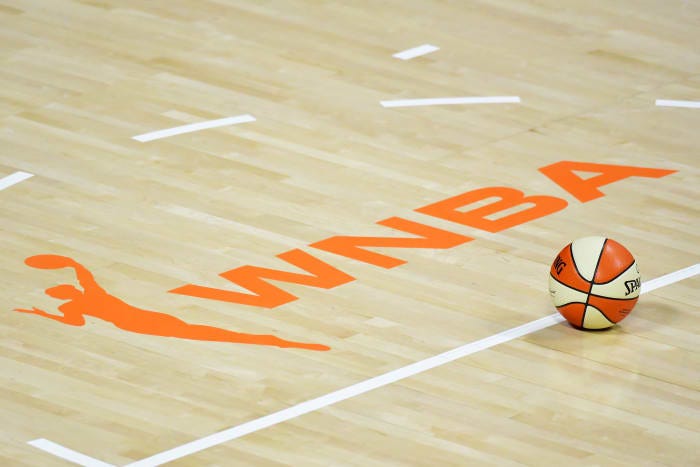
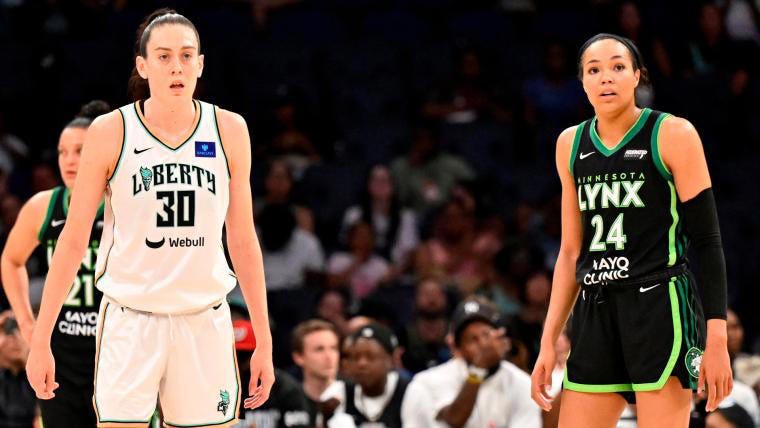
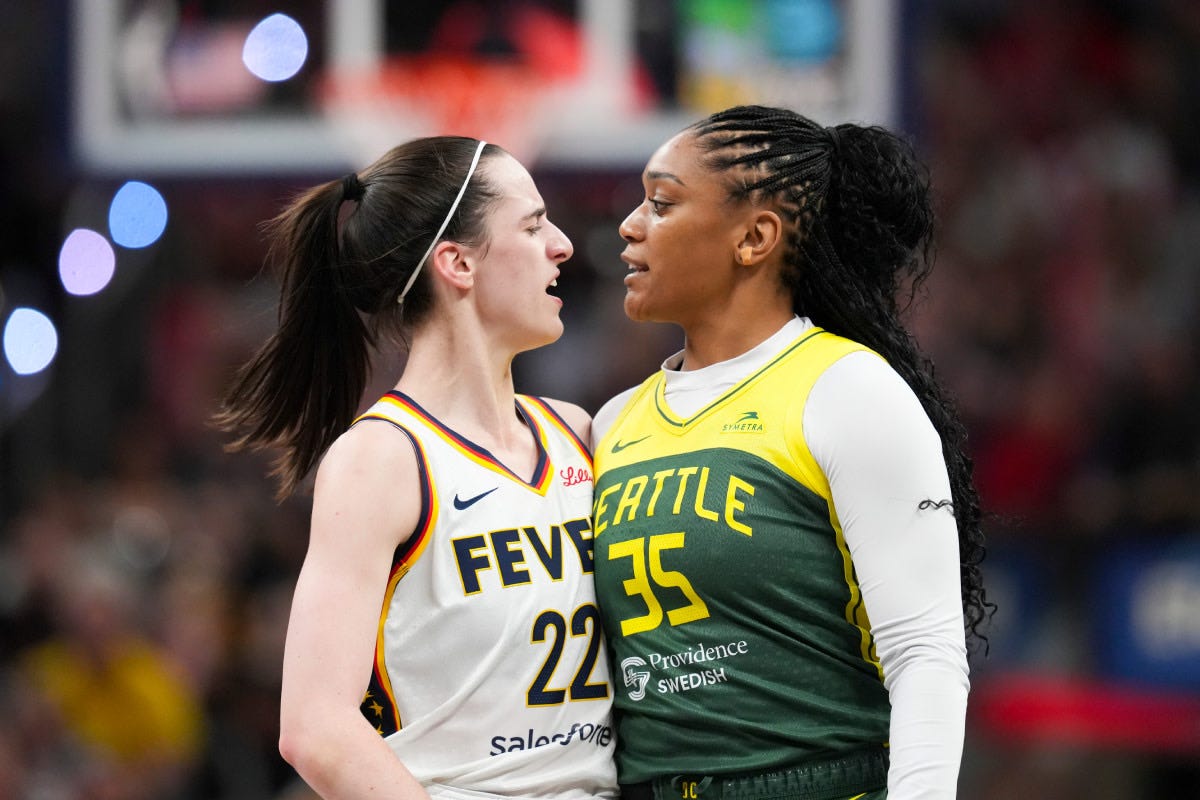

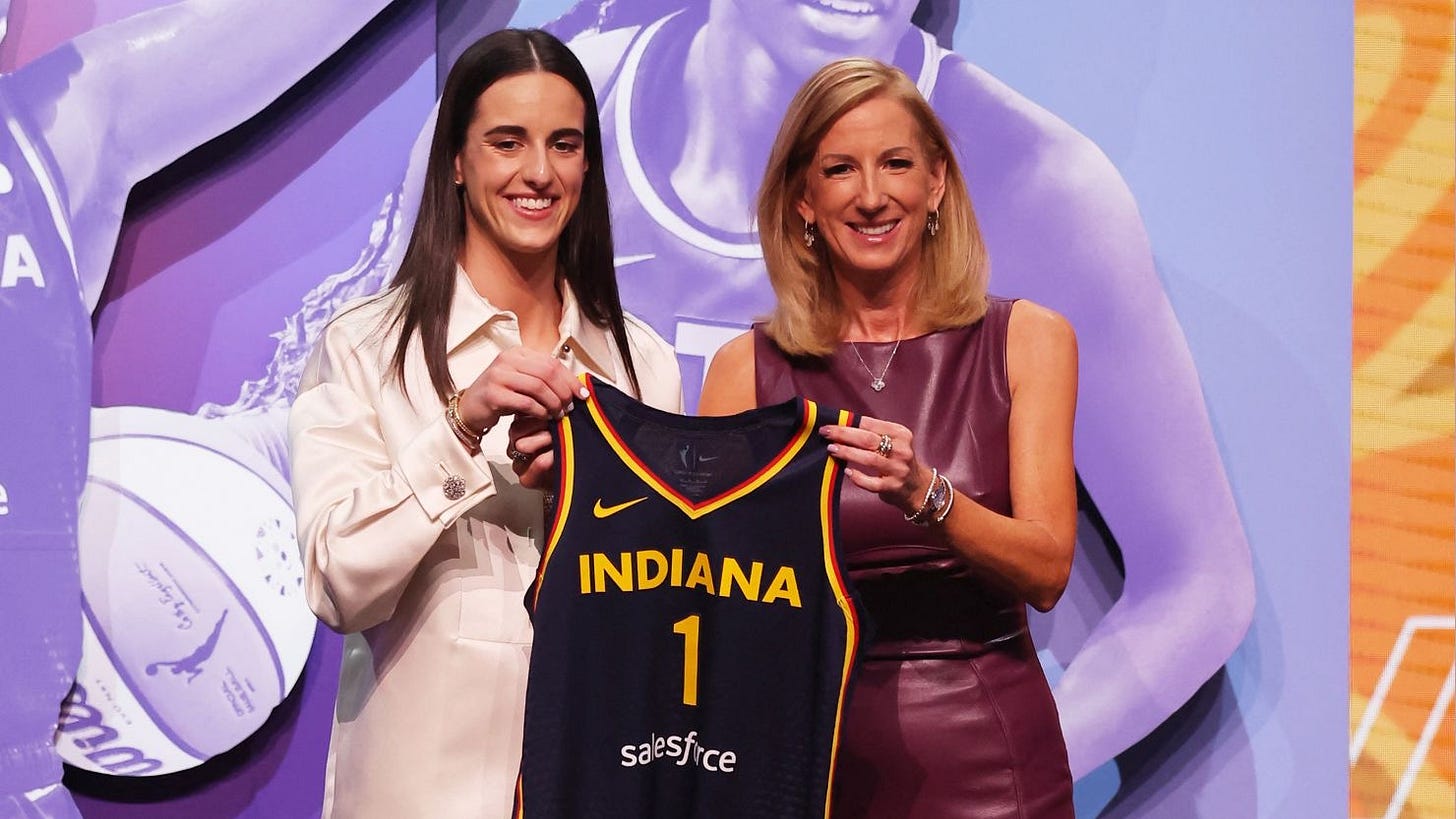
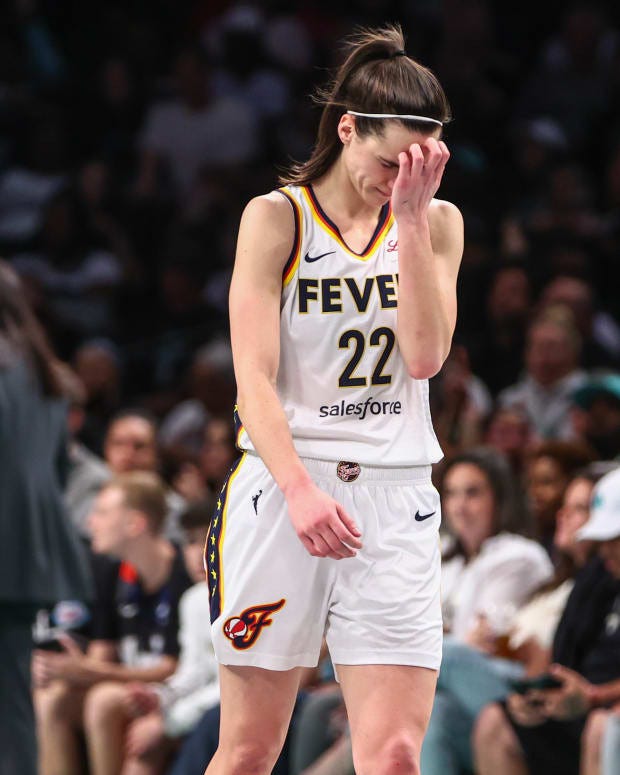
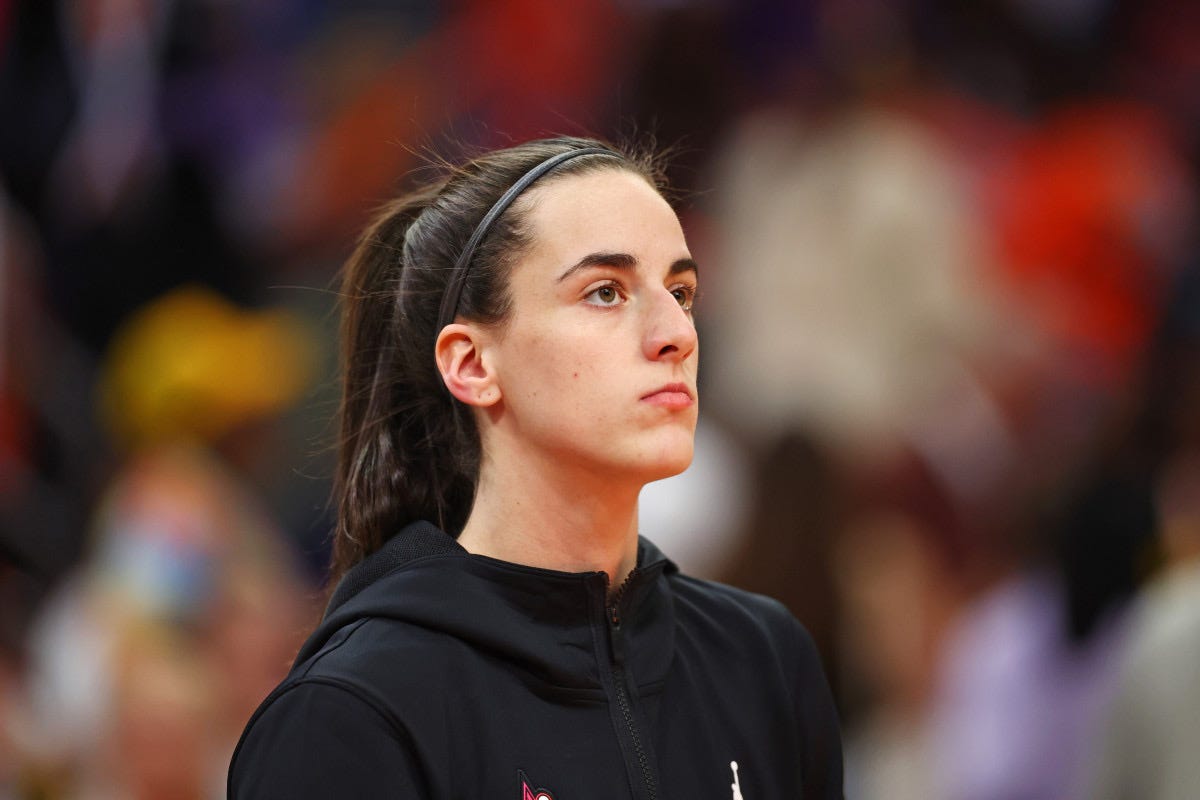
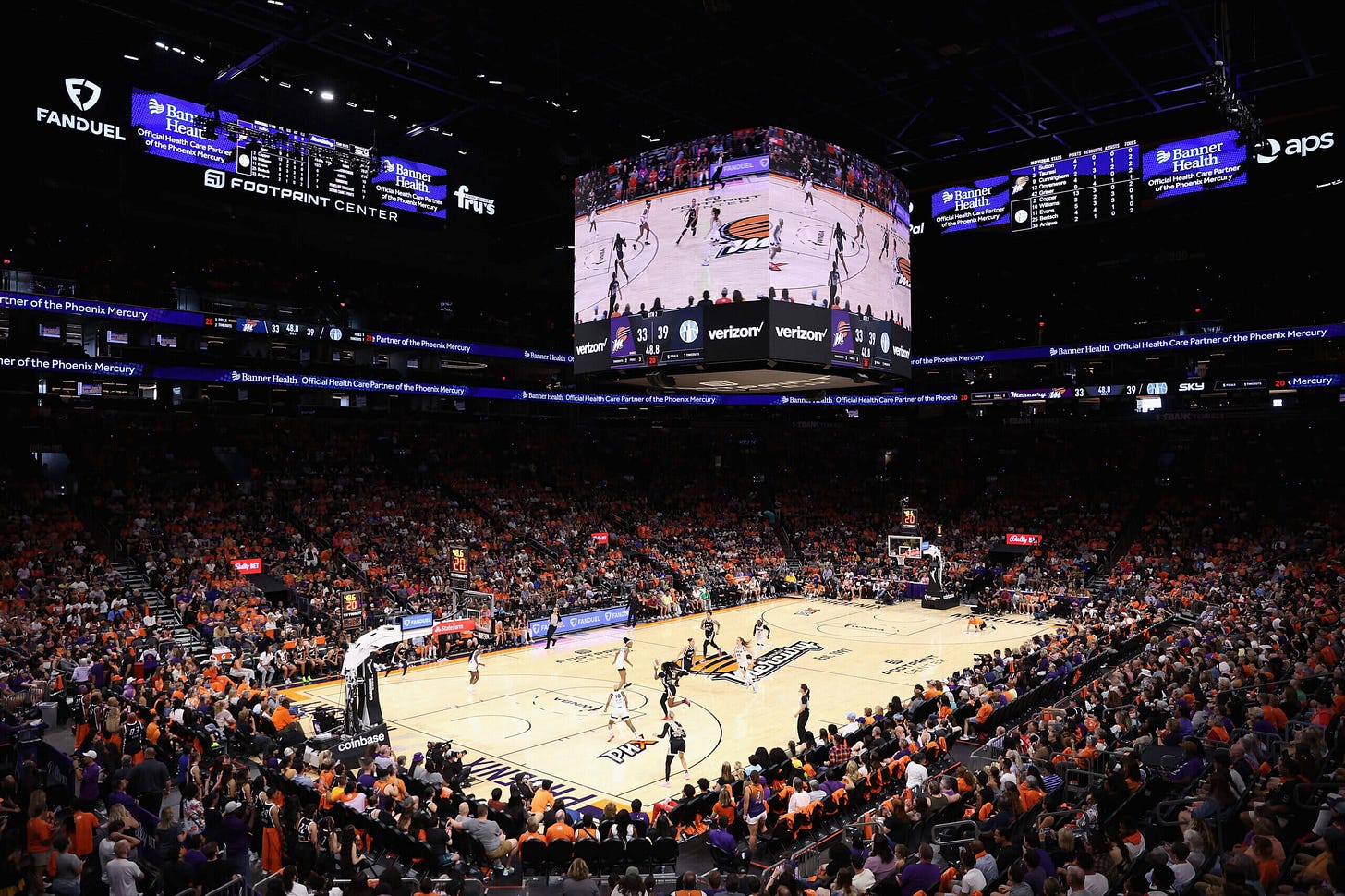

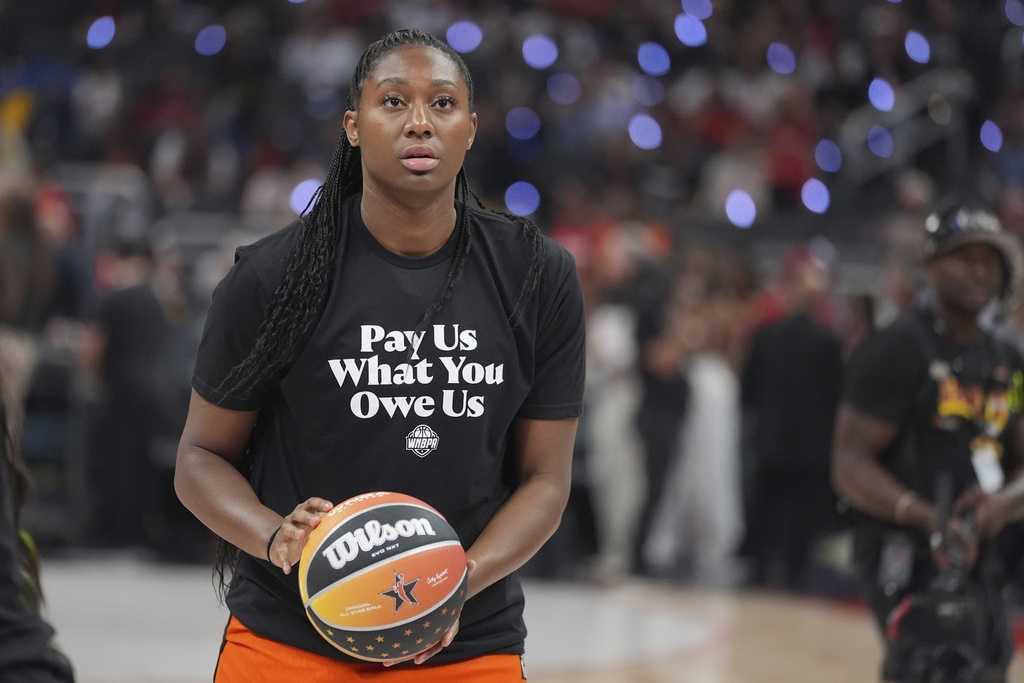
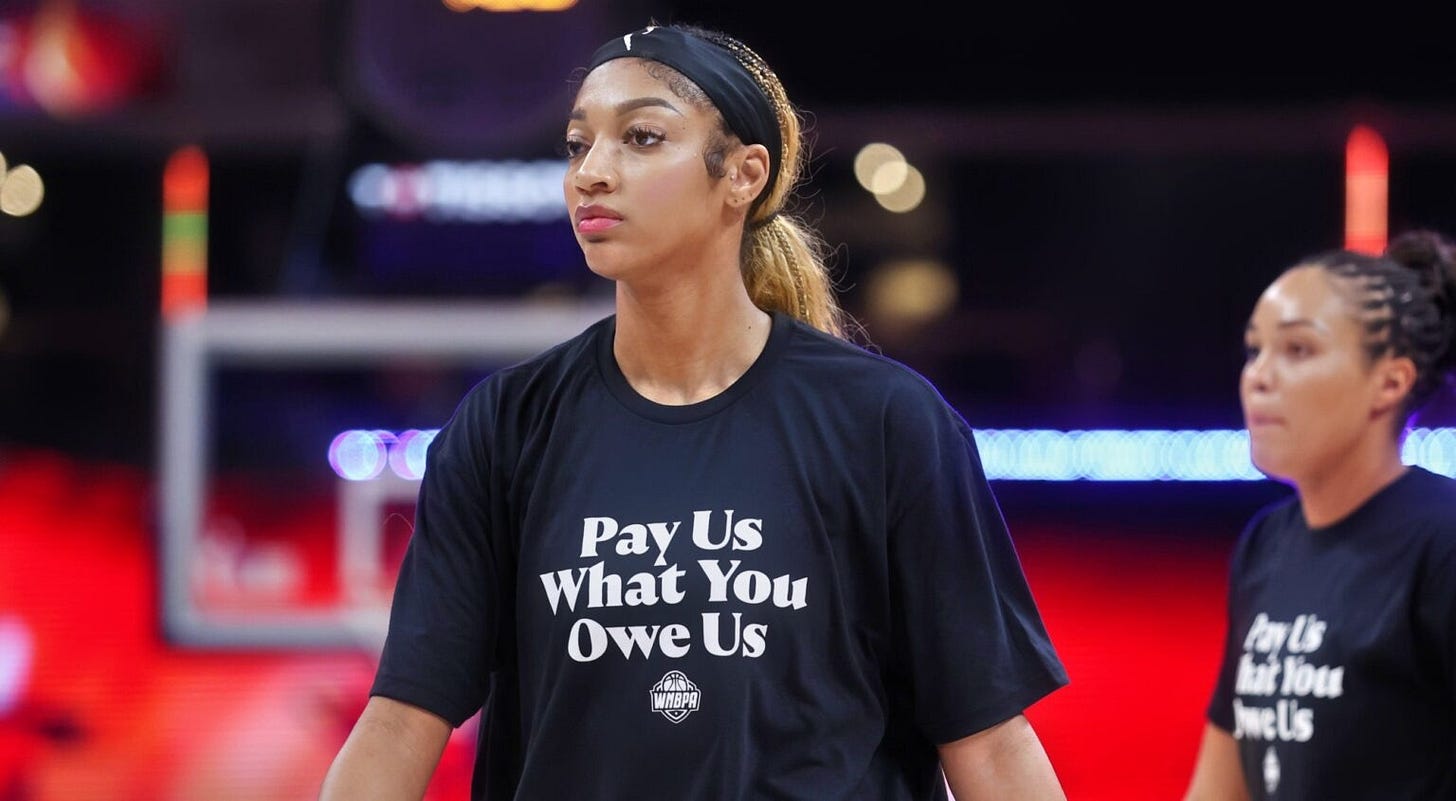
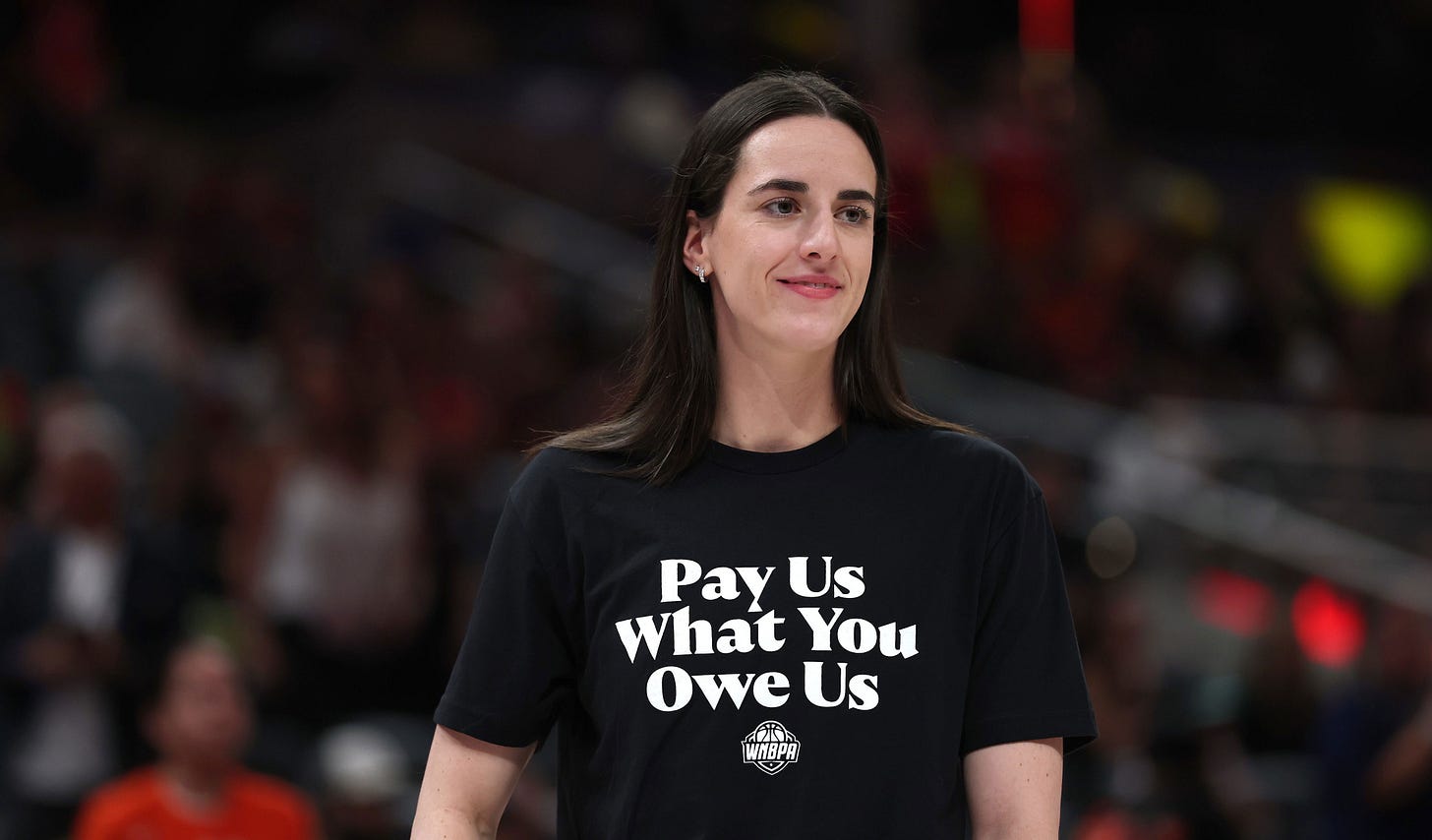
“Our league is made up of the people that require more rights in this world and our society.” – Nneka Ogwumike, Los Angeles Sparks.